Happy 30th LEP!
Today marks 30 years since the inauguration ceremony for the Large Electron-Positron Collider. LEP has long since been replaced by the LHC, which now uses the tunnel originally built for LEP after its shut down in 2000. In its time, the teams working on LEP made many commendable achievements. Notably, by detecting ~17 million Z boson decays across all four of LEP's experiments (DELPHI, ALEPH, OPAL & L3), LEP provided a precise determination of Standard Model parameters and confirmed the number of light neutrinos to be three, as shown in the graph of the Z line shape below. The Z boson mass measured by LEP's experiments remains the most precise to this day.
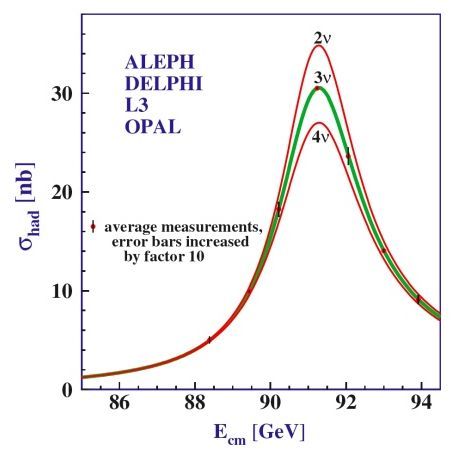
Graph of data from all 4 LEP experiments shows a hadronic cross section (proportional to the number of events) against the centre of mass energy; for the decay of the Z boson into neutrino anti-neutrino pairs and puts the Z boson mass as 91.2Gev.
Although LEP did not see the Higgs Boson, it did narrow down the mass to be between 115 and 285GeV at 95% confidence and its life was extended in an attempt to find it. However, delaying the closure of LEP further would have resulted in long delays for the LHC; and with the added pressure of the possibility that Fermilab’s Tevatron would beat the LHC to the discovery of the Higgs (as well as more mundane and practical arguments), LEP was decommissioned and dismantling began December 2000. While this did cause some heartache for many at the time, it was likely the right decision as LEP would not have been capable of the 125GeV needed to discover the Higgs.
In addition, although there are definite advantages to electron-positron colliders, proton-proton colliders provide more opportunities for discovery. Using fundamental point particles gives a cleaner, more precise data, that’s easier to understand; however, proton-proton collisions, although more complex, can be run at higher energies (much needed for the heavier Higgs).
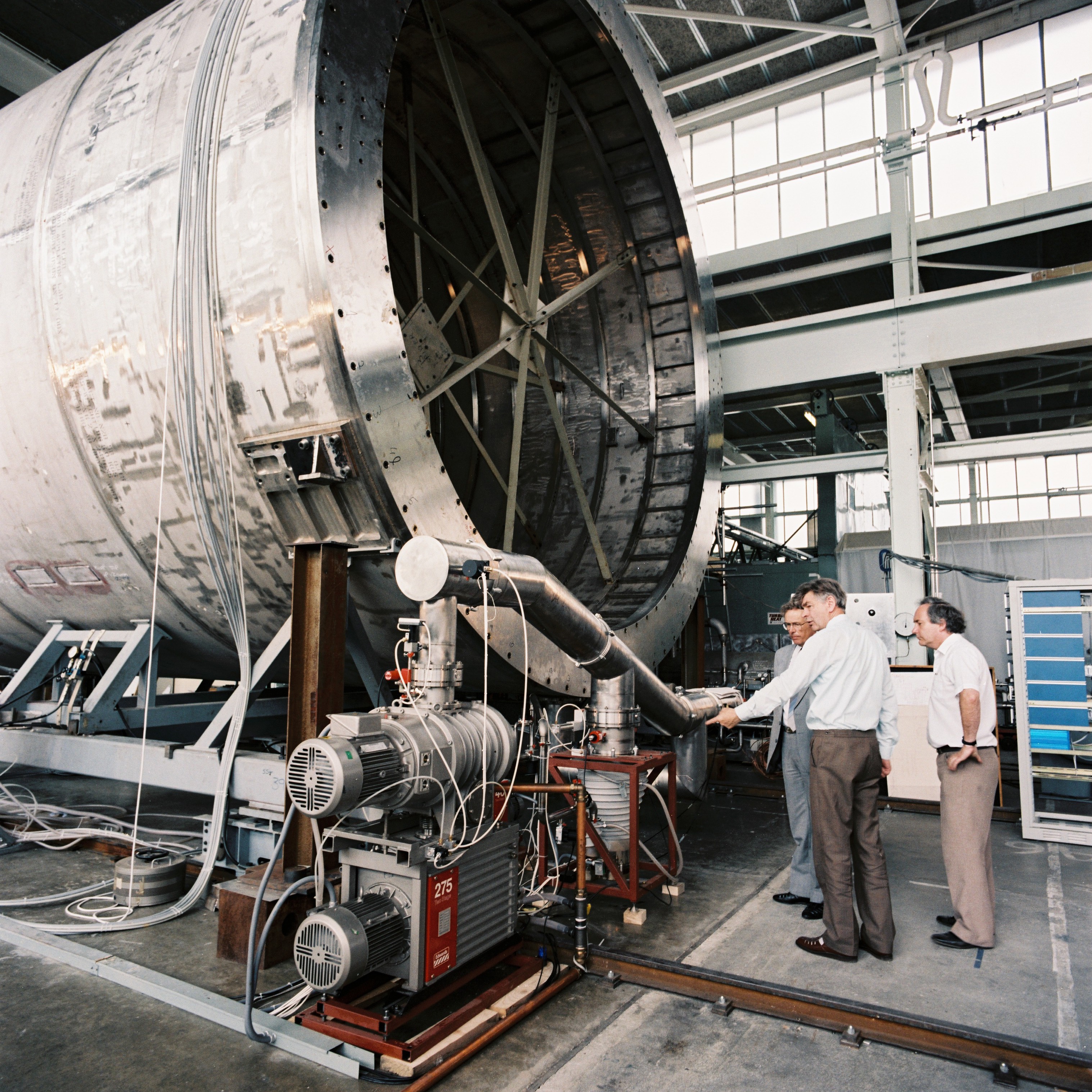
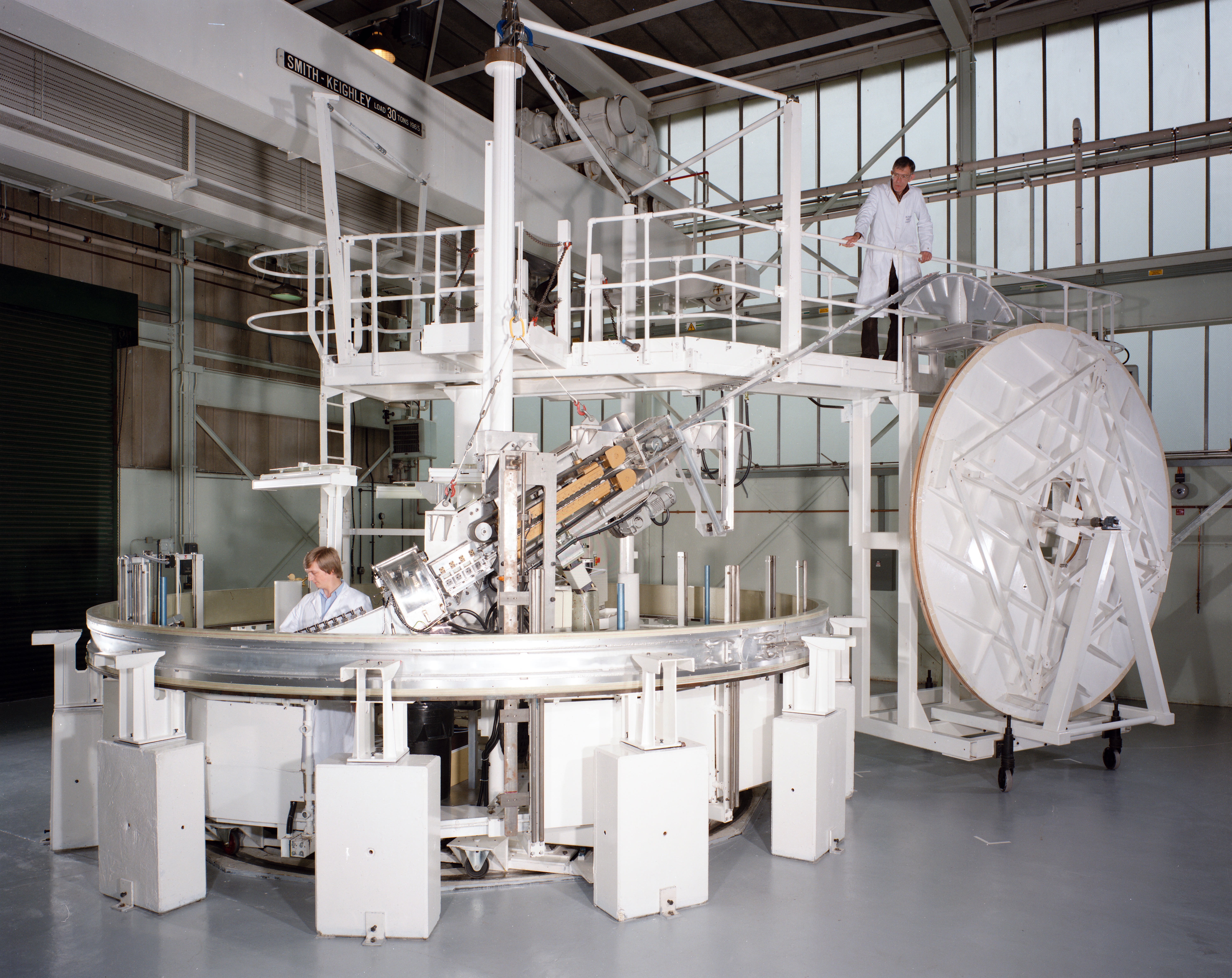
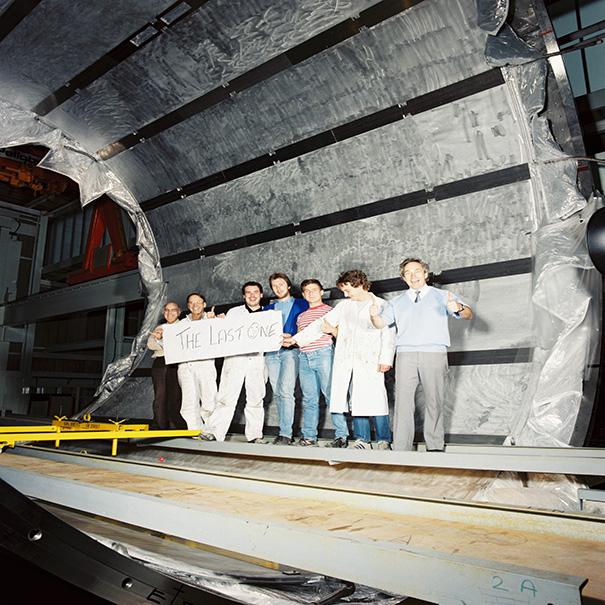
Images are from 1986 & 1987 of the construction of DELPHI at RAL
The anniversary of the first physics analysis in September prompted a wave of nostalgia amongst staff who have since moved on from their days of working on LEP and Stephen Haywood in particular was keen to reminisce...
"I
was a CERN staff member in 1999 working on Aleph when LEP started. With
another colleague, I was responsible for scanning the events as they
came in to ensure that the detector was functioning correctly and to see
what physics was taking place. On the day of the first collisions, there
were several of us seated at workstations in the
scanning room. At first, we were just seeing noise events, worried as to
whether the equipment was functioning correctly. We had news that Opal
had seen an electron-positron collision, and soon we saw our first
collisions. It was a pleasant surprise that these
looked OK.
I
had a second task: to determine the t0 (timing offset) for the large
Aleph
Time-Projection Chamber (TPC). I had a program written and ready to go
on the first datasets. I was waiting for ten or so collisions to be able
to estimate the t0 with some confidence. My boss, Dieter Schlatter
(great guy), burst into the room and enquired
excitedly whether I had the t0 – we were planning to look at
discontinuities of tracks going across the central membrane of the TPC.
Rather than waiting patiently for me to have enough data, Dieter urged me
to estimate the offset using a ruler held up to the screen.
What
I learnt from this is that irrespective of how well organised you are,
and how calm you try to be in an exciting situation, you can never
underestimate the enthusiasm, even impetuousness, of senior physicists."
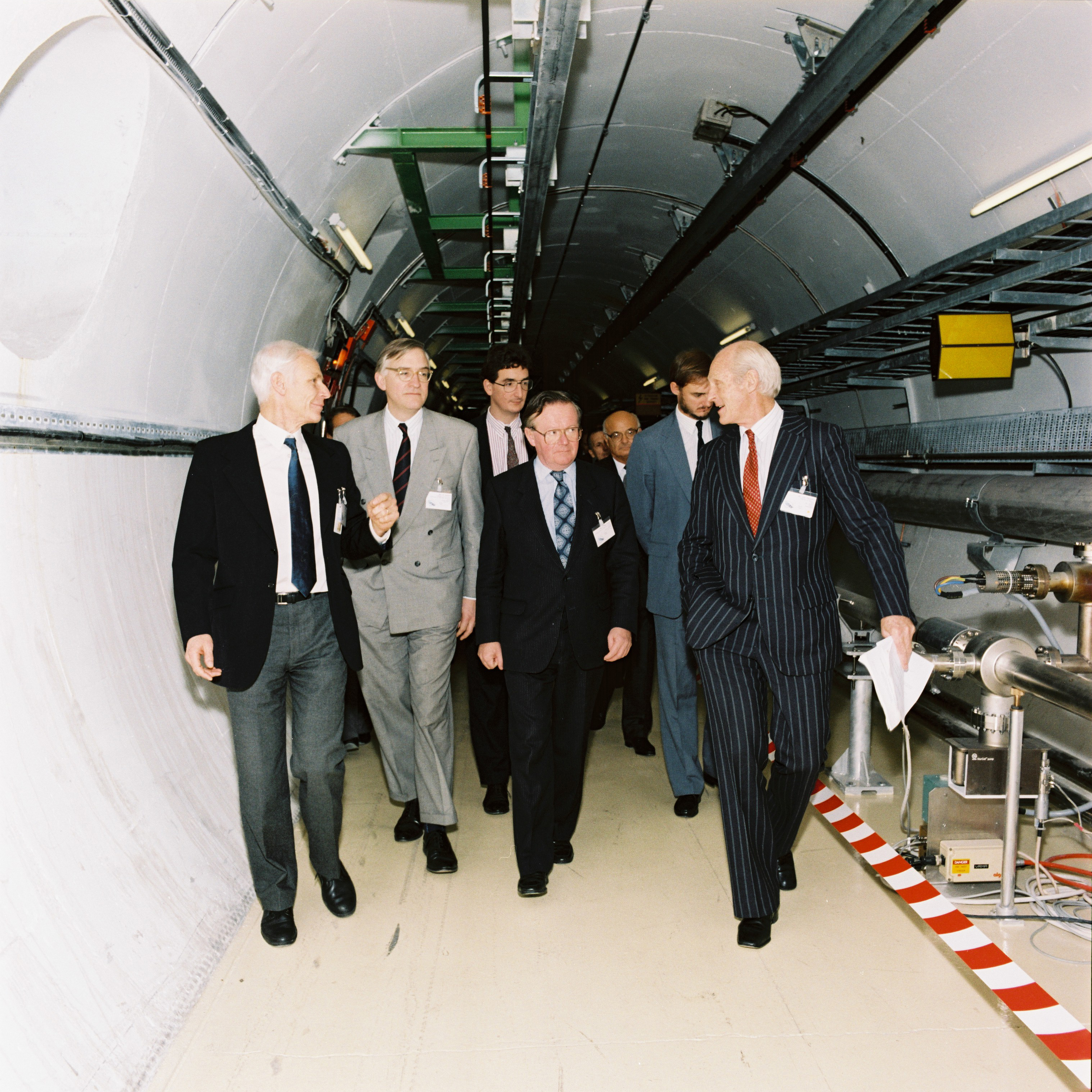
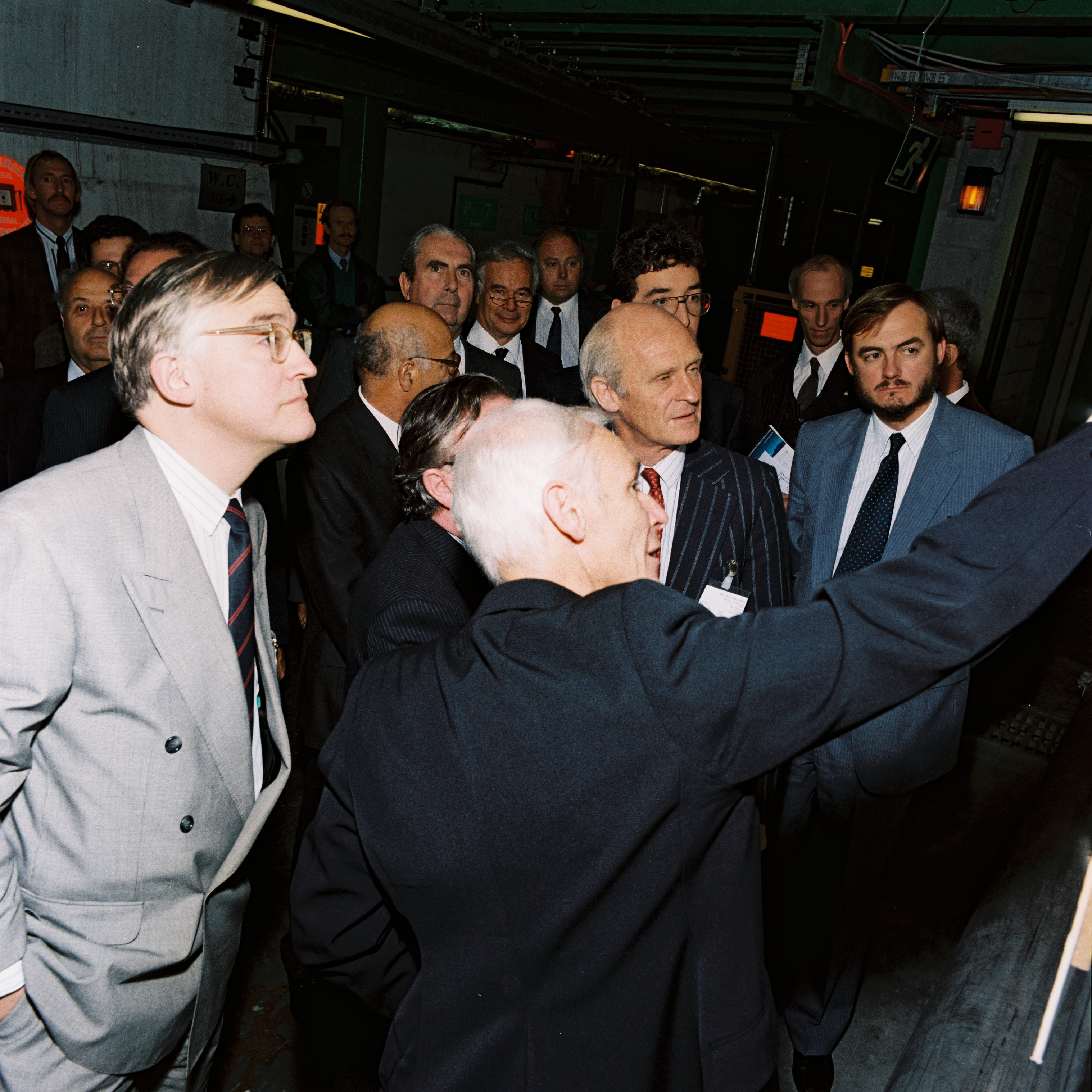
LEP inauguration ceremony in 1989
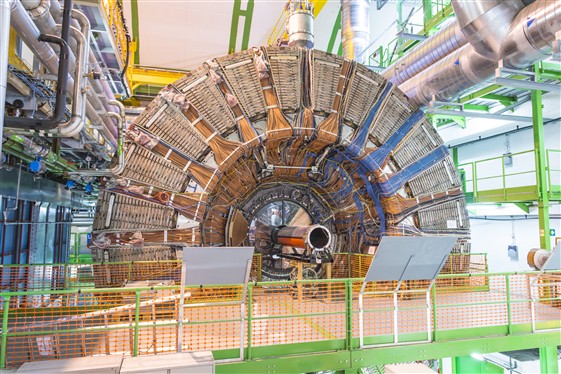

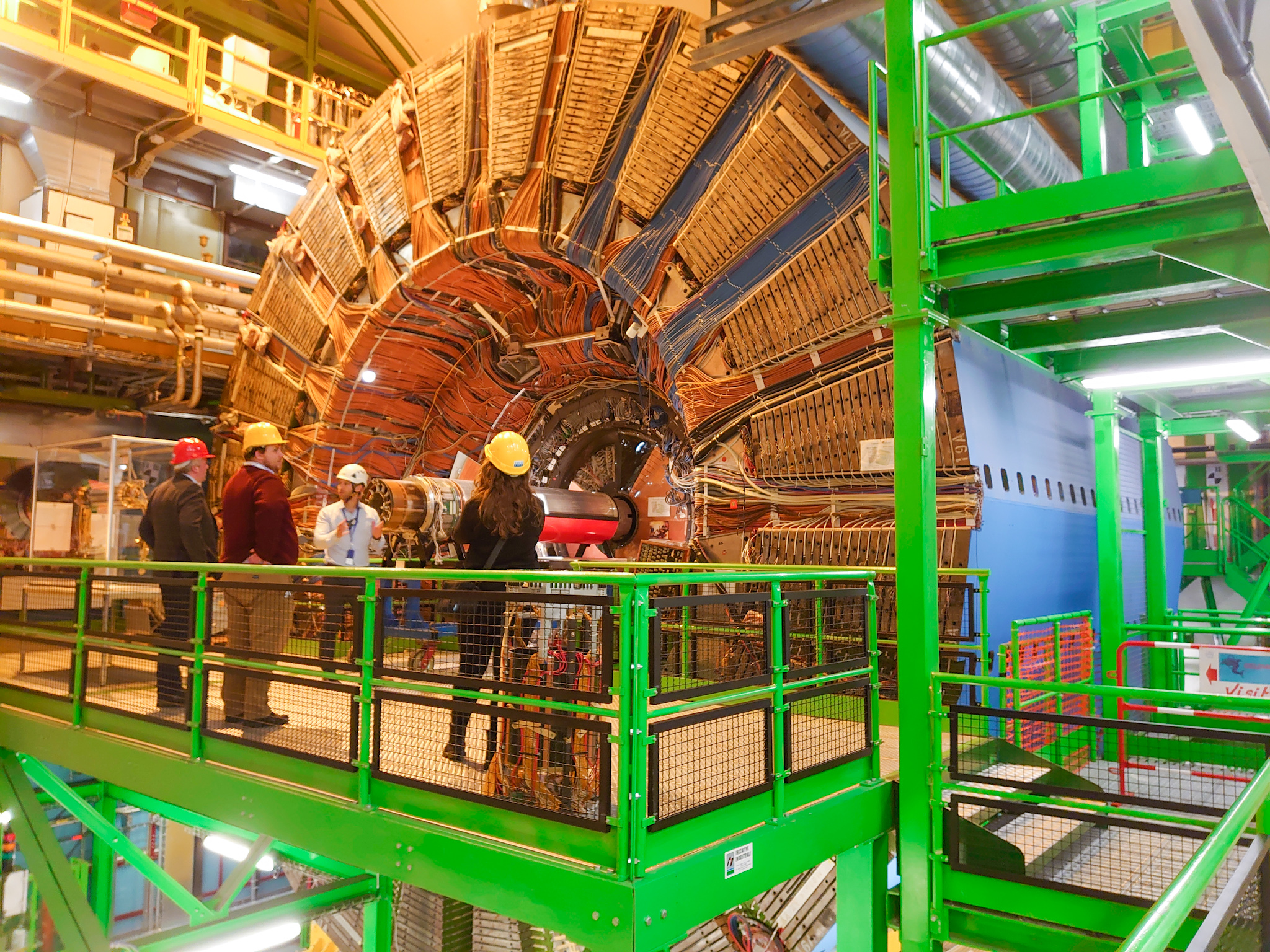
DELPHI, one of four detectors on the Large Electron Positron collider, now rests in the LHCb cavern
(Left credit: CERN, centre and right credit: Josephine Taylor)

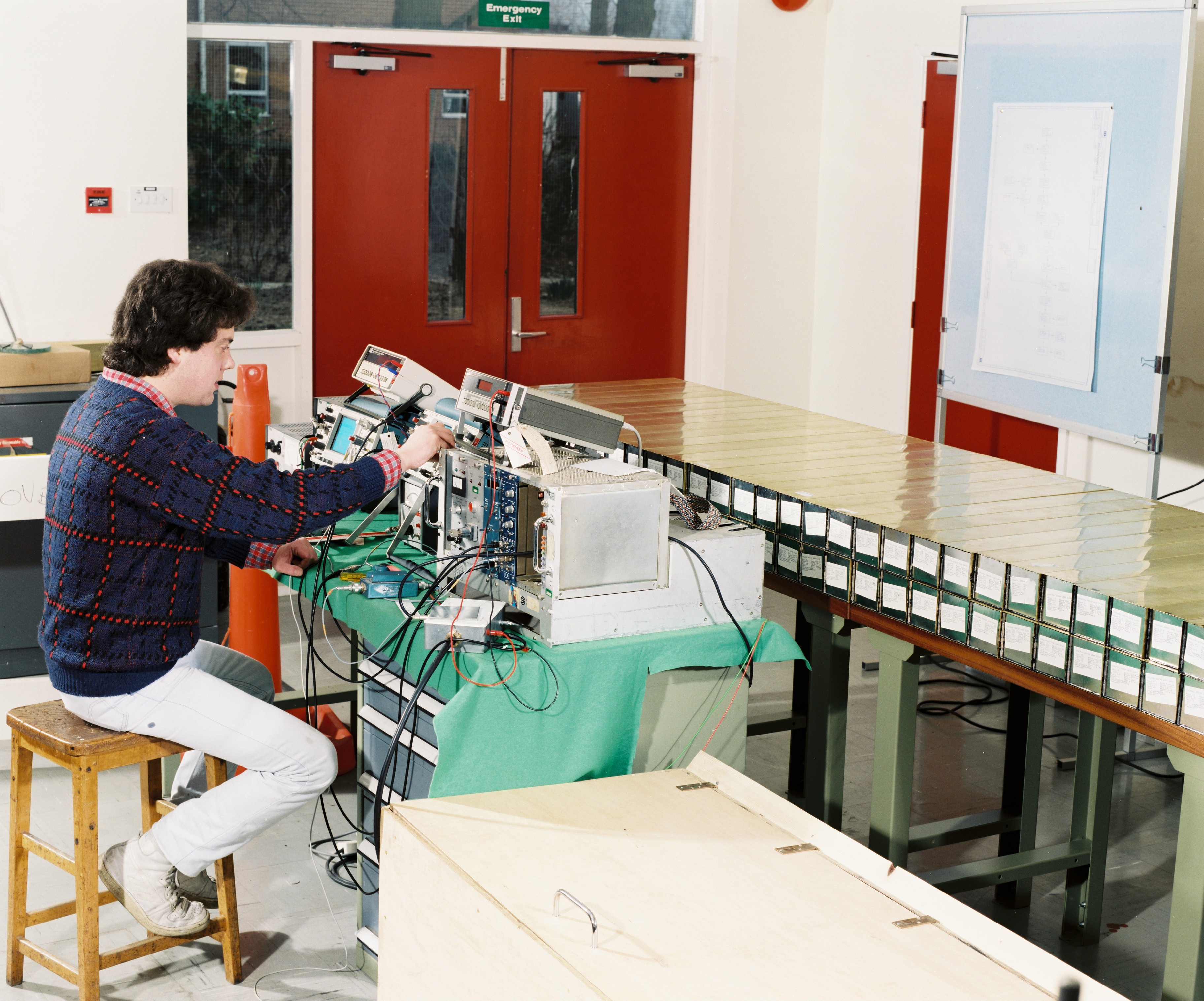

Work for OPAL at RAL - 1986



Work for ALEPH at RAL - 1986/1987
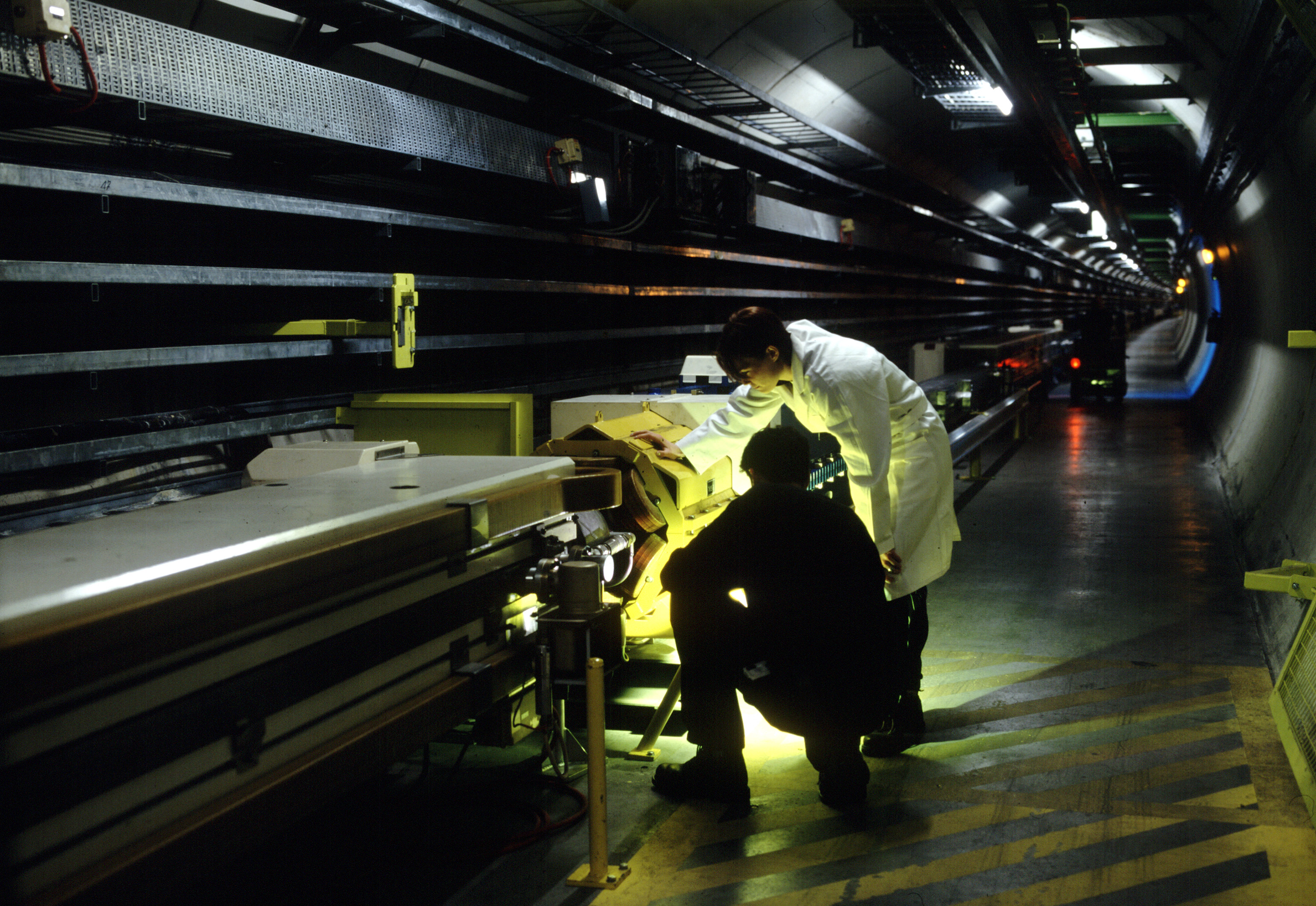
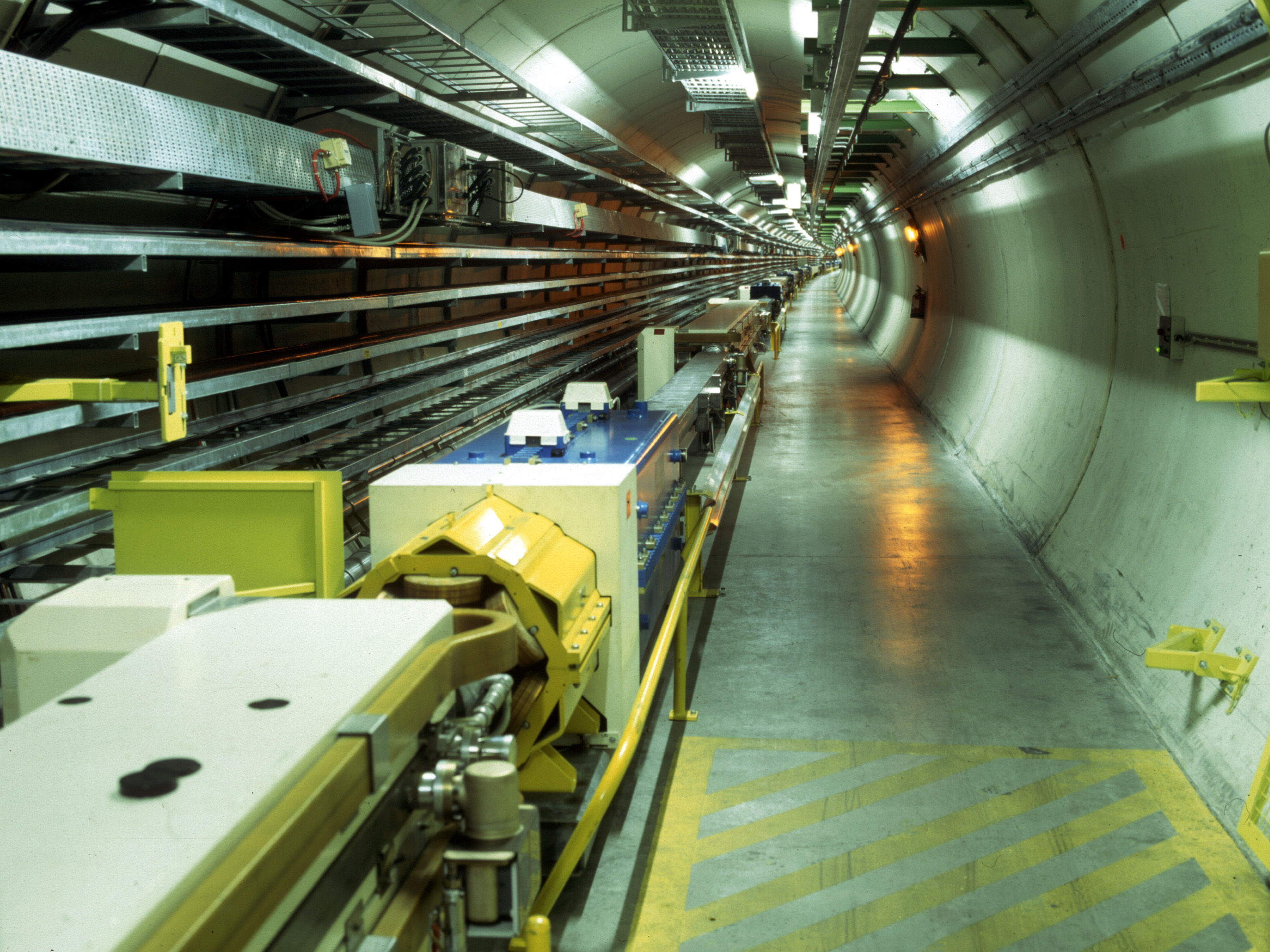
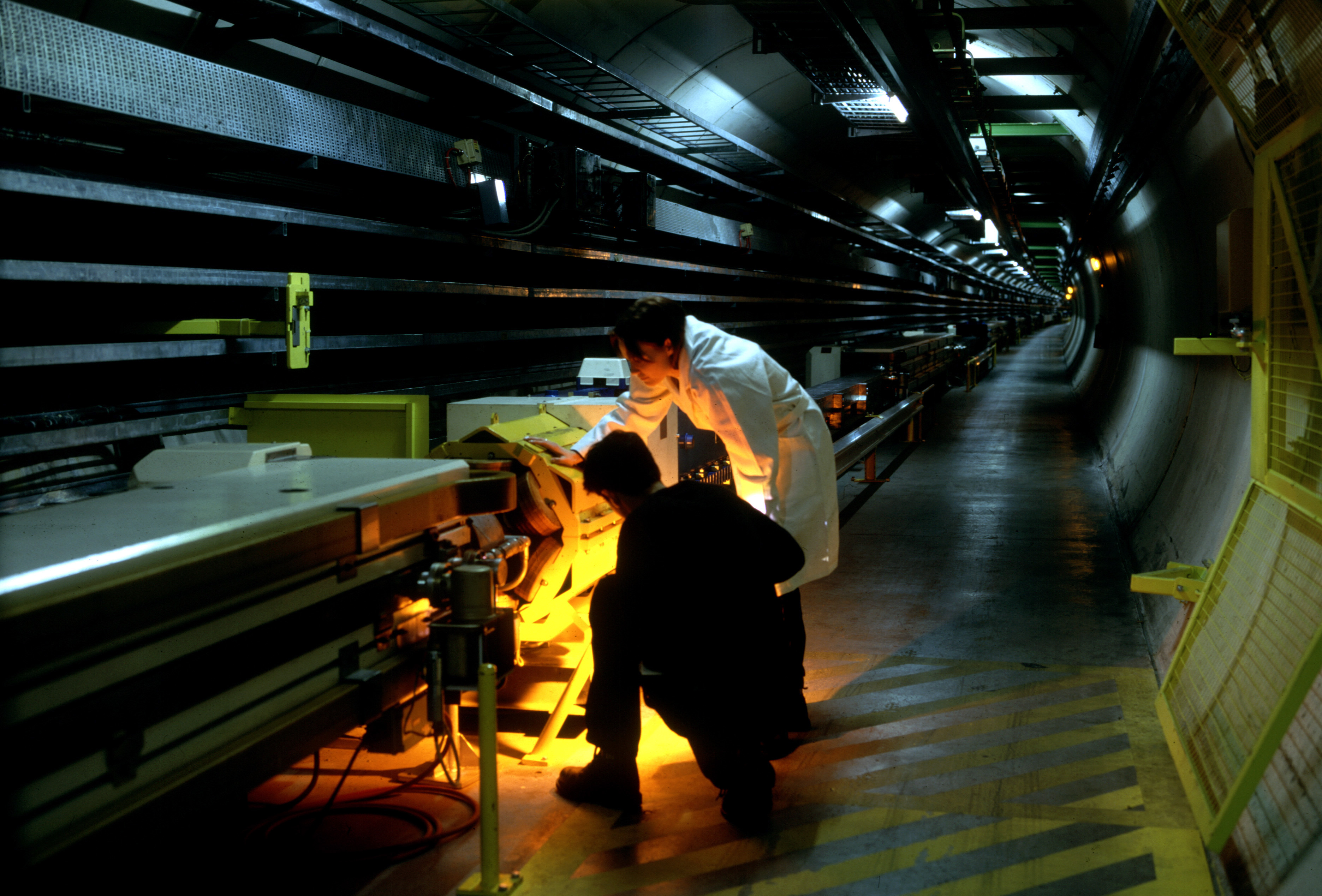
"At work on LEP, the world’s most powerful electron–positron collider" - CERN,1999
FIND OUT MORE:
CERN COURIER ARTICLES
LEP's Electroweak Leap
The Greatest Lepton Collider
Lessons From LEP
CERN PAGES
LEP main page
Press release - The LEP story
LEP Timeline
LEP EXPERIMENTS
ALEPH
DELPHI
OPAL
L3
LECTURE SLIDES by J. King & T. Aarrestad:
Fitting the Z Lineshape
